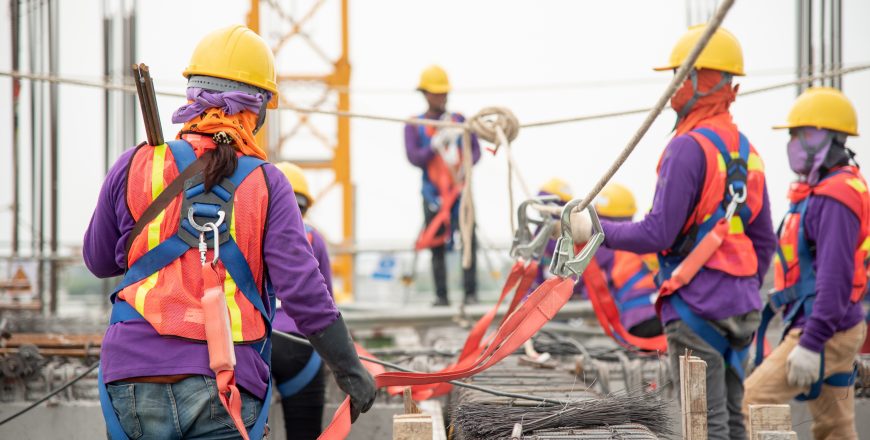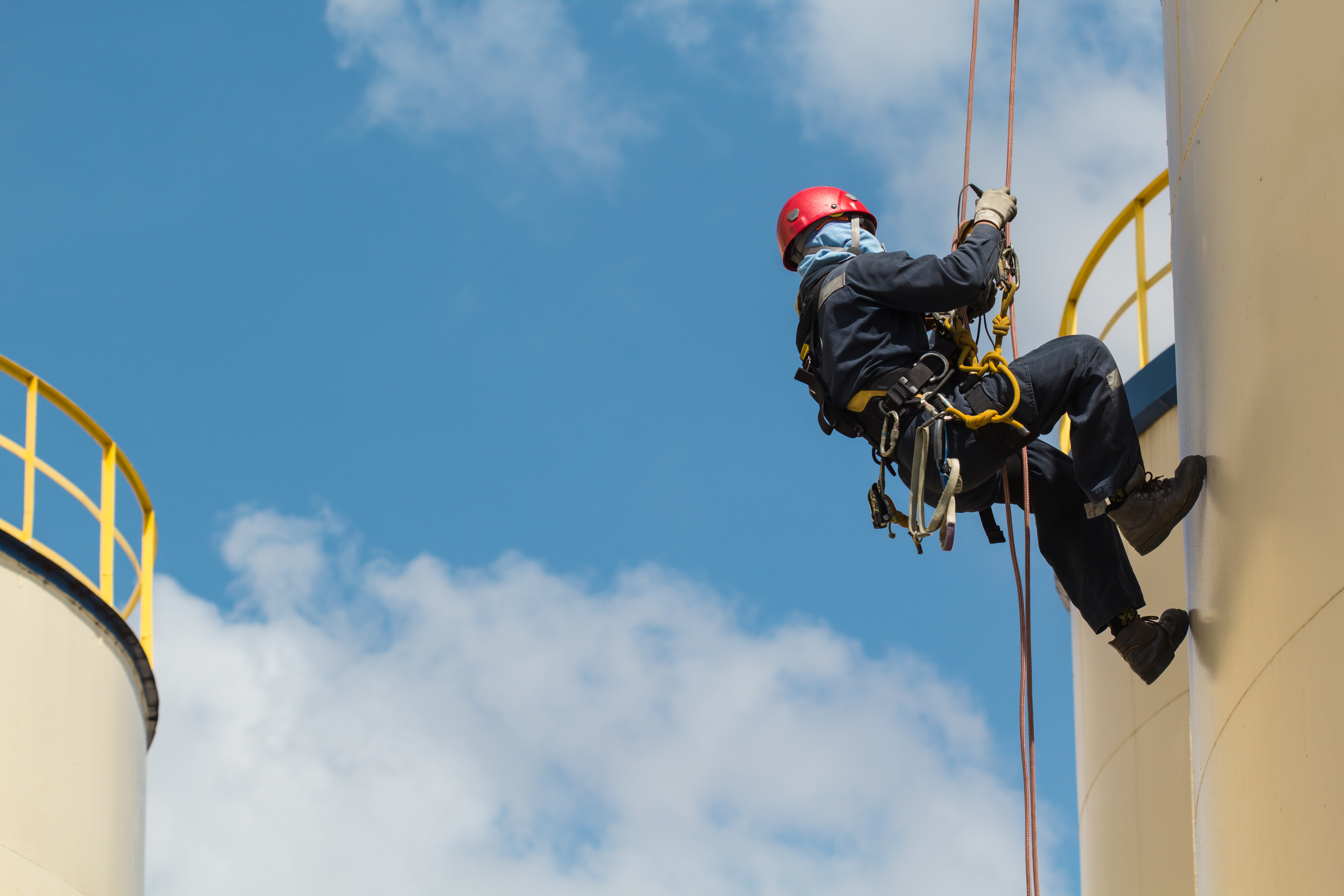

Have been utilized in recent years for economically constructing fixed-bottom offshore wind farms in shallow-water subsea locations.


Monopile foundation Ī monopile foundation utilizes a single, generally large-diameter, foundation structural element to support all the loads (weight, wind, etc.) of a large above-surface structure.Ī large number of monopile foundations Pile caps and isolated piles are typically connected with grade beams to tie the foundation elements together lighter structural elements bear on the grade beams, while heavier elements bear directly on the pile cap. Pile foundation systems įoundations relying on driven piles often have groups of piles connected by a pile cap (a large concrete block into which the heads of the piles are embedded) to distribute loads that are greater than one pile can bear. Driven piles are also considered to be "tested" for weight-bearing ability because of their method of installation thus the motto of the Pile Driving Contractors' Association is "A Driven Pile.Is a Tested Pile!". Driving piles, as opposed to drilling shafts, is advantageous because the soil displaced by driving the piles compresses the surrounding soil, causing greater friction against the sides of the piles, thus increasing their load-bearing capacity. Historically, wood piles used splices to join multiple segments end-to-end when the driven depth required was too long for a single pile today, splicing is common with steel piles, though concrete piles can be spliced with mechanical and other means.

Steel piles are either pipe piles or some sort of beam section (like an H-pile). They are reinforced with rebar and are often prestressed. Concrete piles are available in square, octagonal, and round cross-sections (like Franki piles). Wooden piles are made from the trunks of tall trees. Driven piles are constructed of wood, reinforced concrete, or steel. Prefabricated piles are driven into the ground using a pile driver. Illustration of a hand-operated pile driver in Germany after 1480


 0 kommentar(er)
0 kommentar(er)
